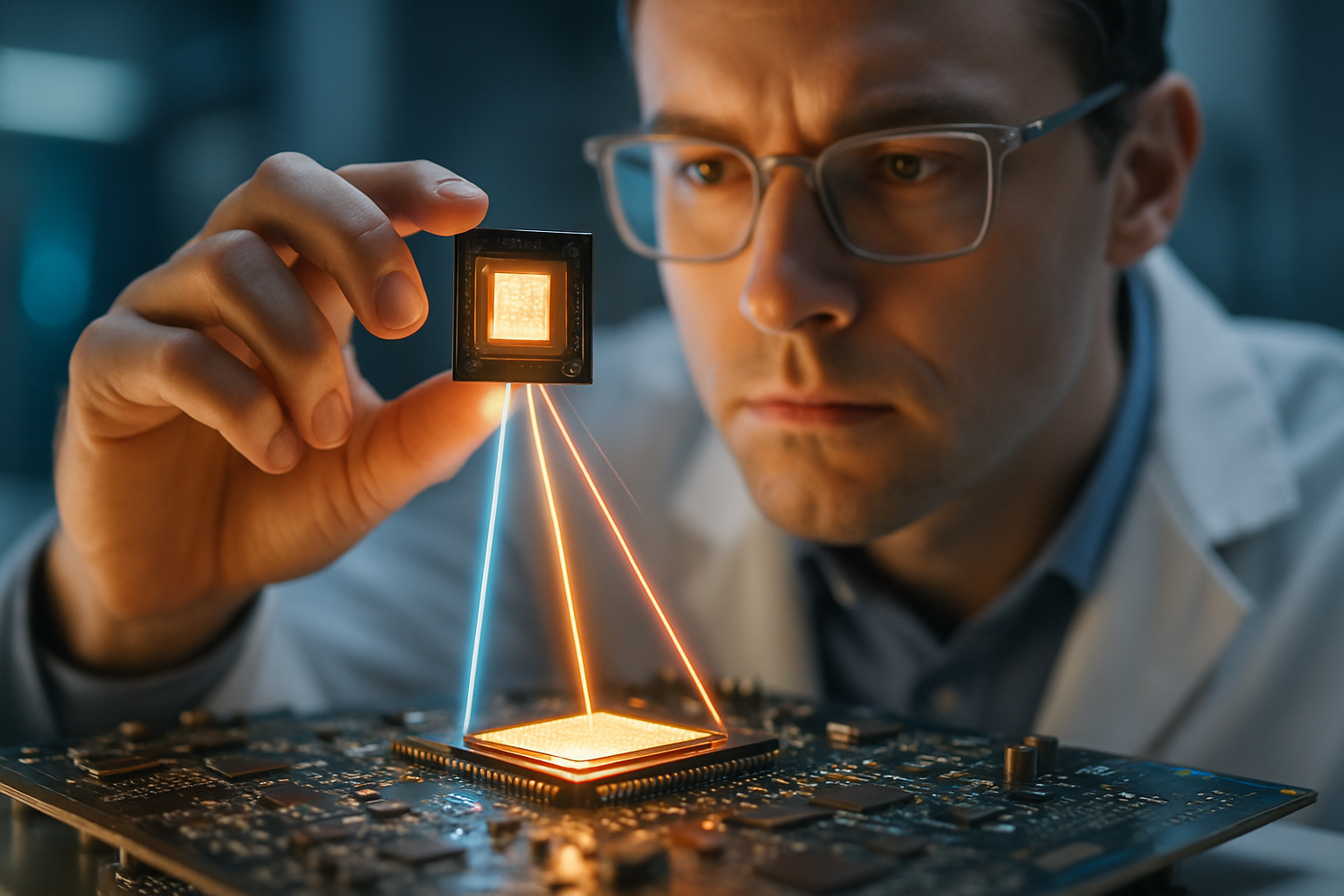Lighting up the Future: An Exploration of Photonic Computing
As we stand on the brink of a new decade, the world of technology is on a relentless quest to push the boundaries of what’s possible. At the heart of this technological revolution, sits an intriguing concept that's been making waves recently: Photonic computing. This article delves into this exciting new frontier, exploring its history, the most recent developments, potential implications, and the potential challenges that lie ahead.

Shining a Light: The Genesis of Photonic Computing
The idea of using light to process information isn’t a new concept. In fact, it dates back to the 1960s when researchers began exploring the potential of optics in computing. Back then, the technology simply wasn’t ready. Fast forward to the present day, and we find ourselves on the cusp of a technological breakthrough.
The concept of photonic computing revolves around using light particles, or photons, instead of electrons to process and transport data. This approach could potentially revolutionize the speed and efficiency of computing, as photons are inherently faster and lose less energy than electrons.
Illuminating the Present: Recent Advances in Photonic Computing
In the last few years, photonic computing has made significant strides. A team of engineers at the University of California, Berkeley, recently developed a method to generate, modulate, and measure light on a silicon chip — a significant step towards making photonic computing a reality.
Meanwhile, Lightelligence, an MIT-spinoff, is developing photonic accelerators designed to outperform traditional electronic processors in AI applications. These processors are expected to deliver faster speeds, use less power, and generate less heat than their electronic counterparts.
Predicting the Future: The Potential Impact of Photonic Computing
If photonic computing achieves its potential, it could redefine the tech landscape. With potentially limitless processing speed and capacity, it could revolutionize everything from AI to data centers, and even consumer electronics.
While the cost of photonic computing is currently high, the price is expected to drop significantly as the technology matures and becomes more widely adopted. If this happens, we could see a new era of ultra-fast, ultra-efficient computing devices that reshape our digital world.
Facing the Challenges: Hurdles in the Path of Photonic Computing
However, like all pioneering technologies, photonic computing faces its fair share of challenges. The technology is still in its infancy and there are significant technical hurdles to overcome. One of the main challenges is integrating photonic devices with existing electronic systems.
Moreover, while researchers have made progress in developing photonic components, creating a fully photonic computer — one that uses light for all its operations — is still a mammoth task. But, if history has taught us anything, it’s that technology has a way of surmounting even the most formidable obstacles.
A Bright Future Ahead
Photonic computing represents a thrilling new frontier in technology. While the road ahead is fraught with challenges, the potential rewards are enormous. If successful, it could revolutionize the computing landscape and open up exciting new avenues in technology. As we look to the future, the journey of photonic computing is one to watch closely, with its promise of a brighter, faster, and more efficient digital world.






